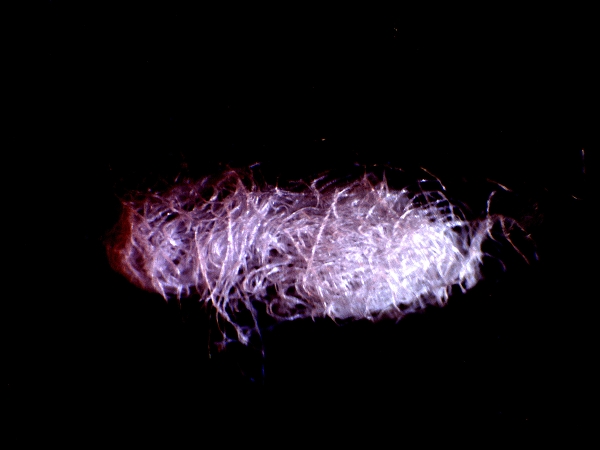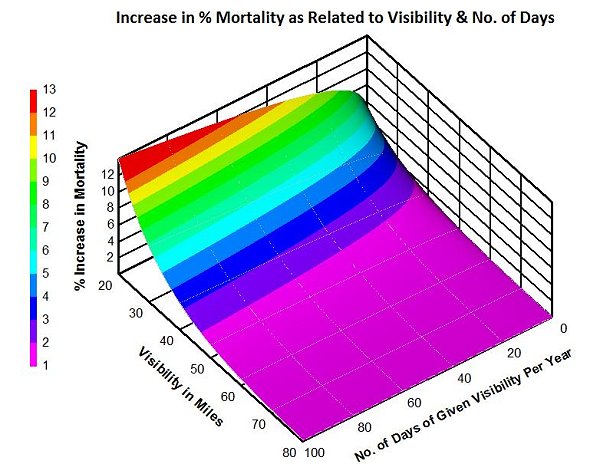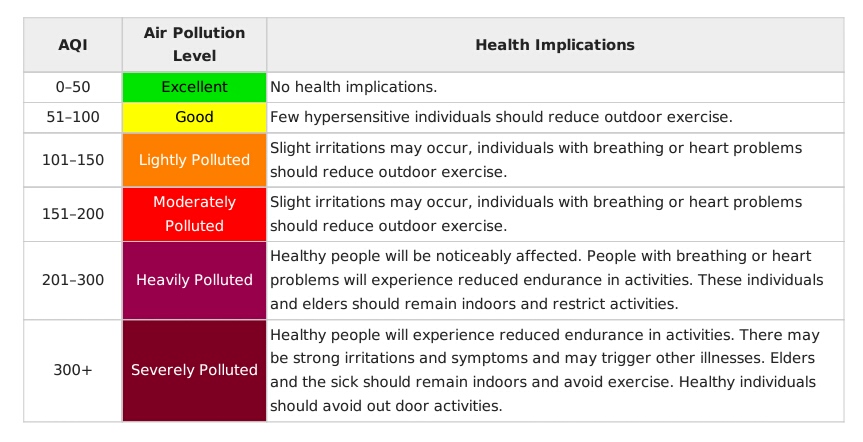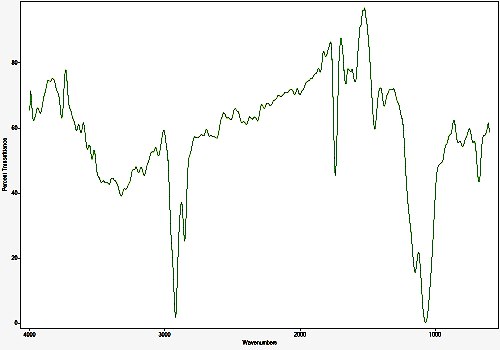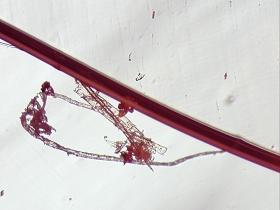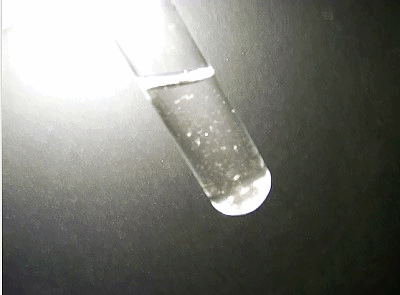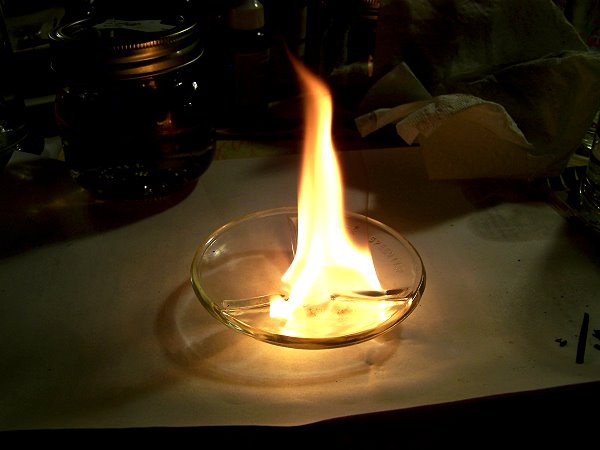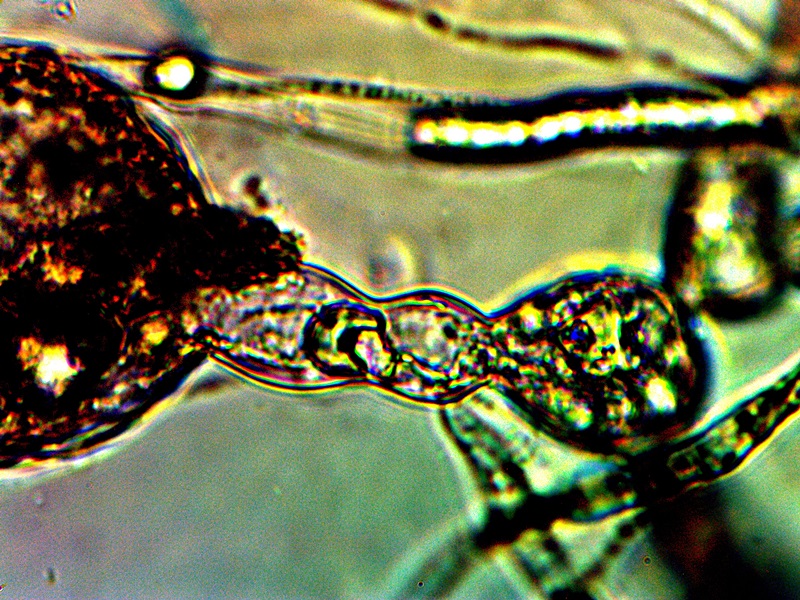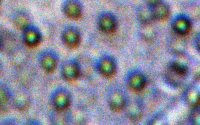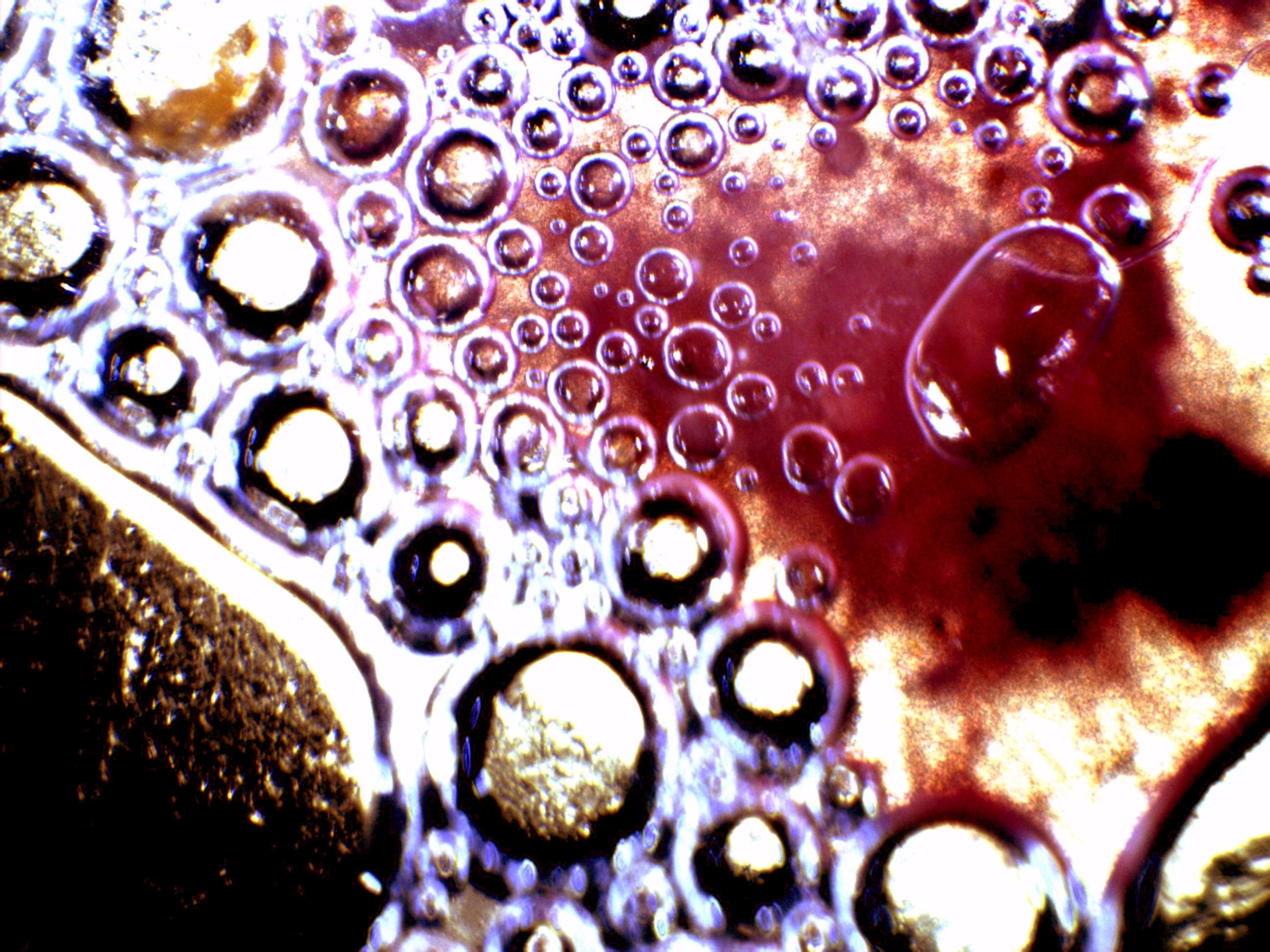
Late on the night of September 23rd, Clifford Carnicom, founder and president of Carnicom Institute, set out by train from Spokane, Washington to attend the 2014 United States Health Freedom Congress in St. Paul Minnesota. He was invited by Diane Miller, JD, Director of Law and Public Policy for the National Health Freedom Coalition (NHFC), and the National Health Freedom Action. These organizations bring together leaders from across the country who are working toward health freedoms and the legislation which can secure these freedoms for people in the United States. Clifford was honored to be invited and to offer a view of his work to people unfamiliar with it. At the same time, he was eager to learn about the work of the other members. I interviewed Clifford upon his return.
